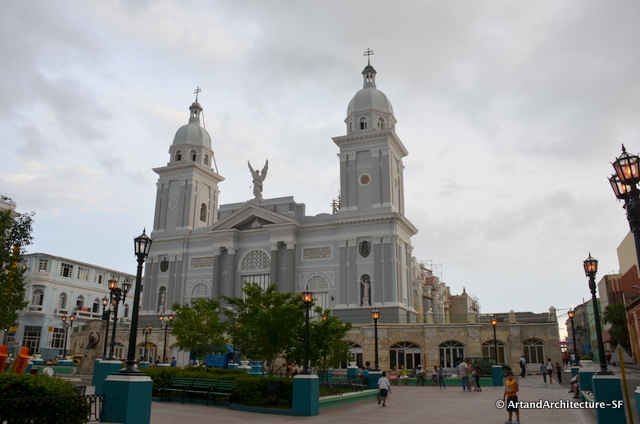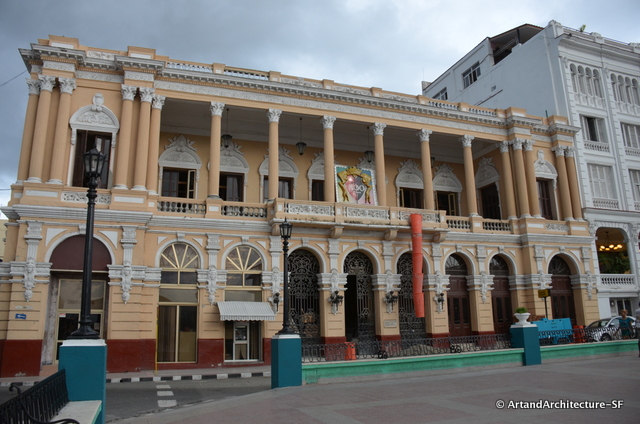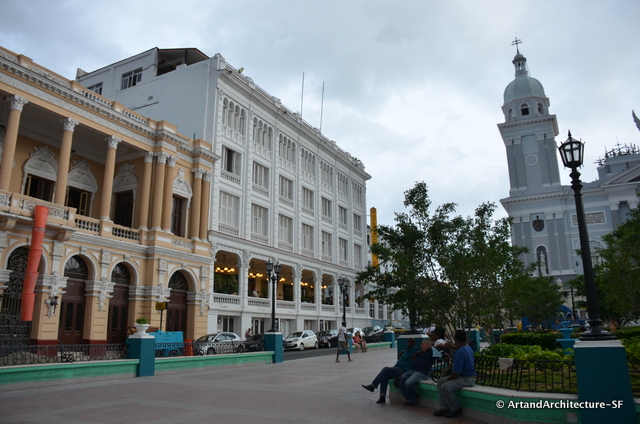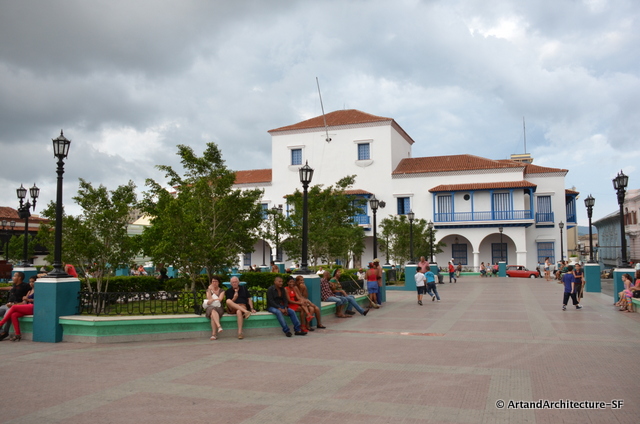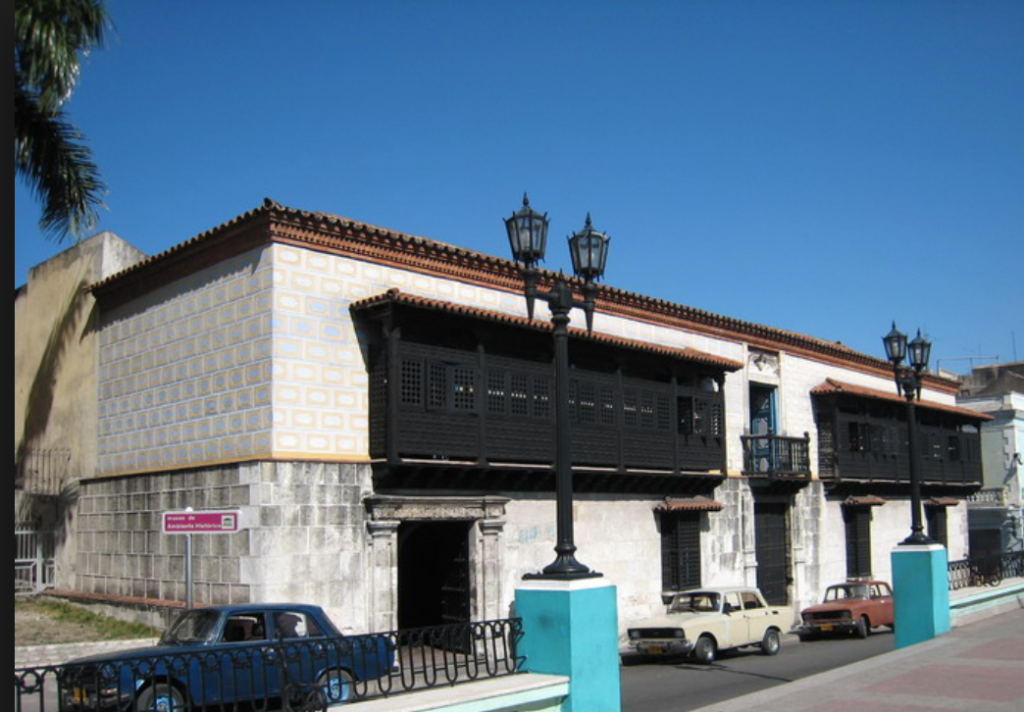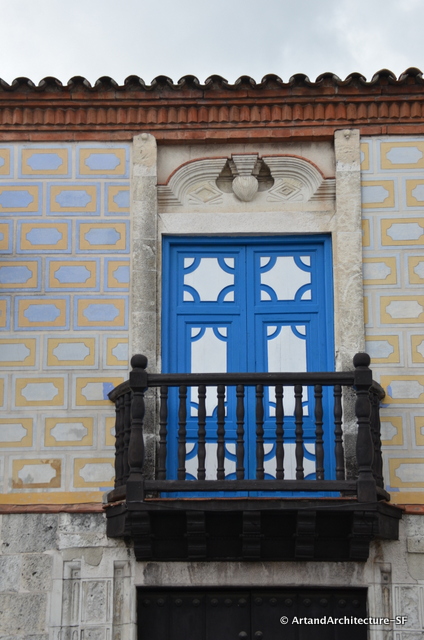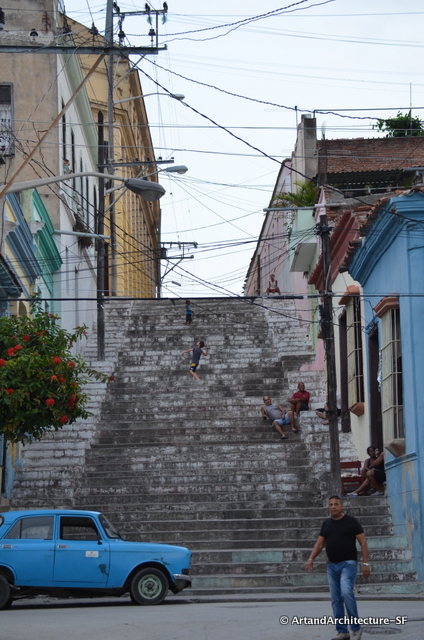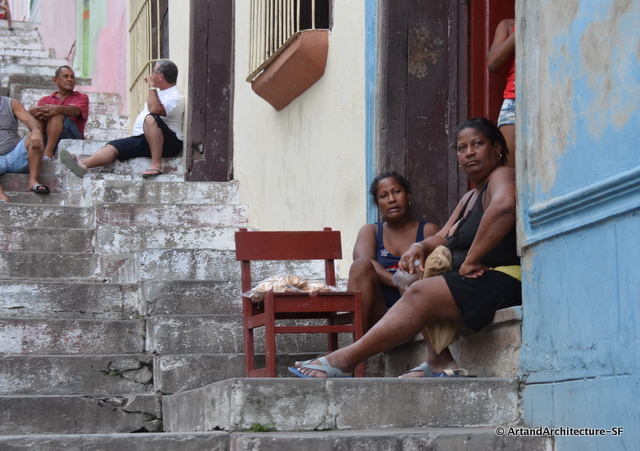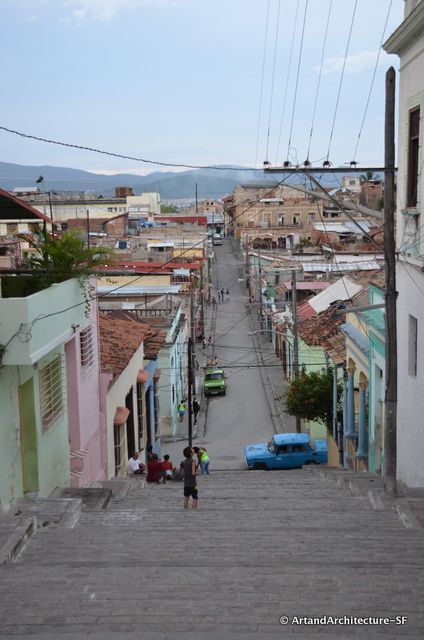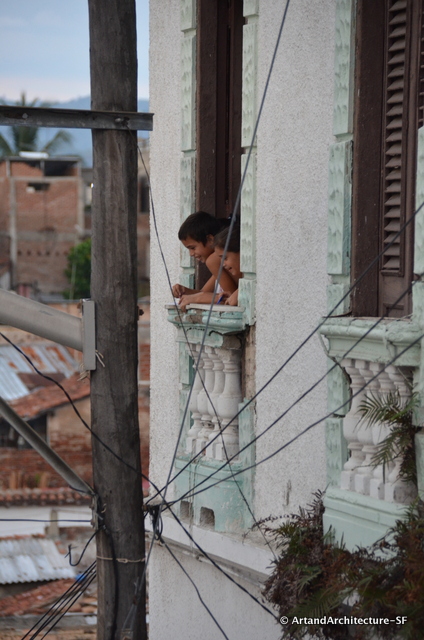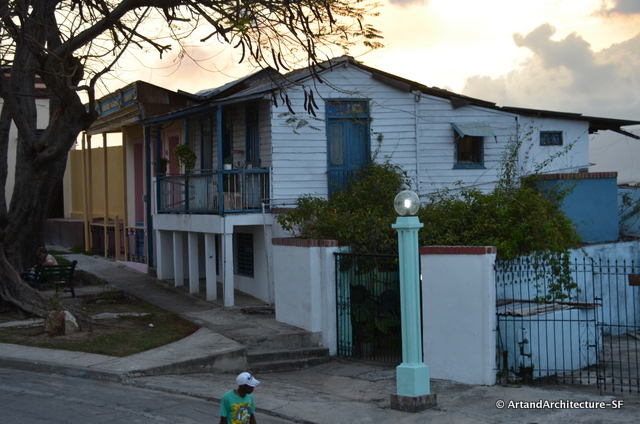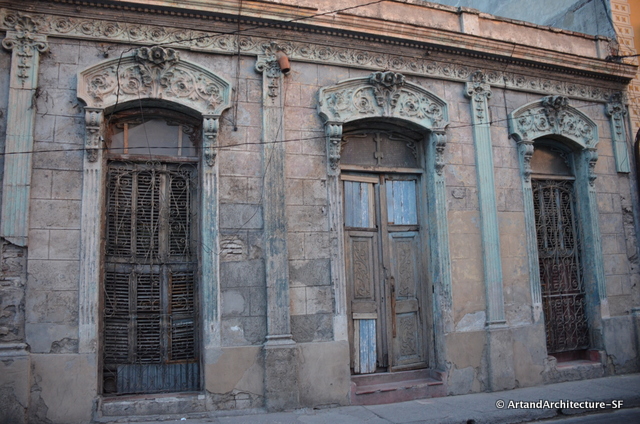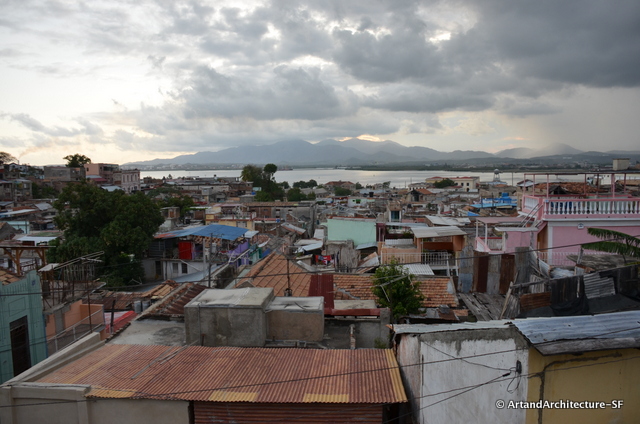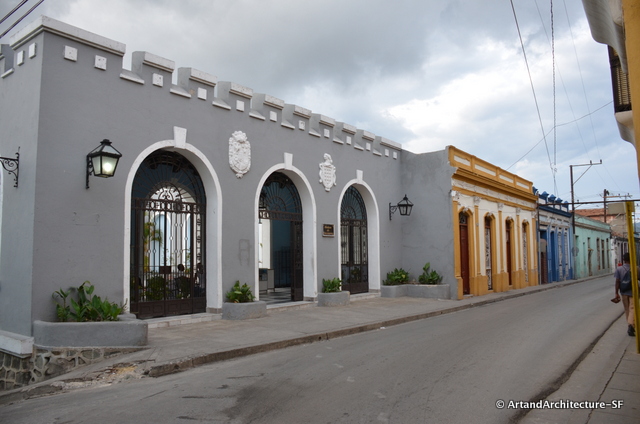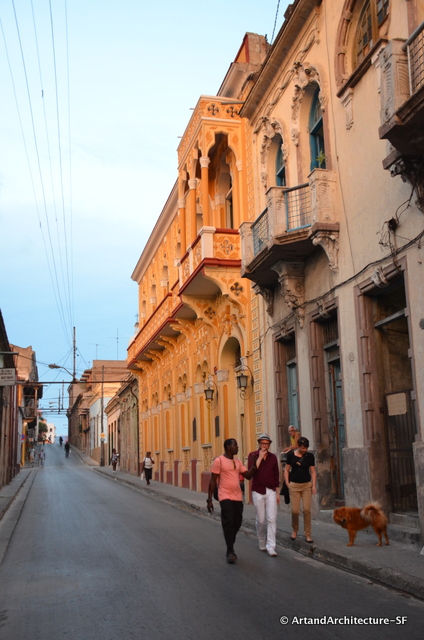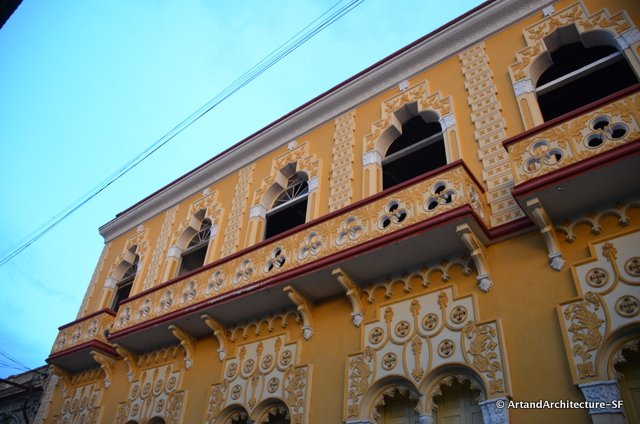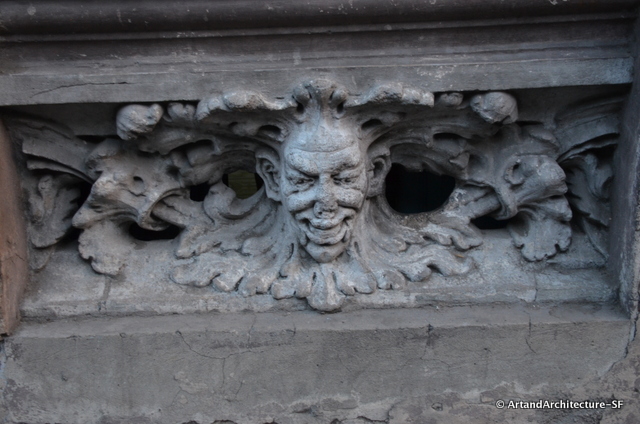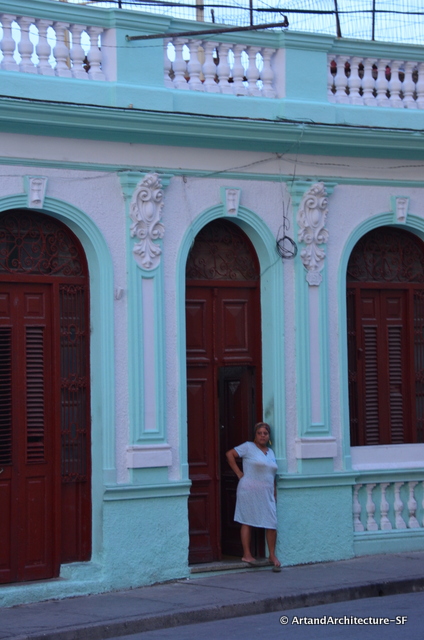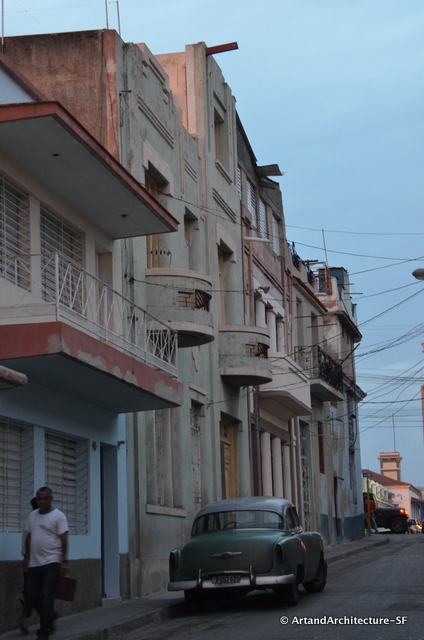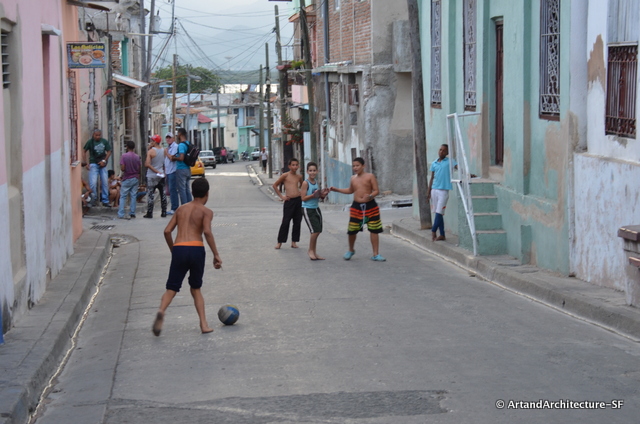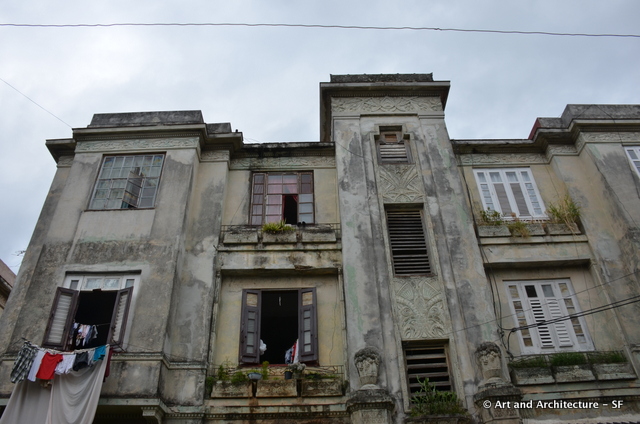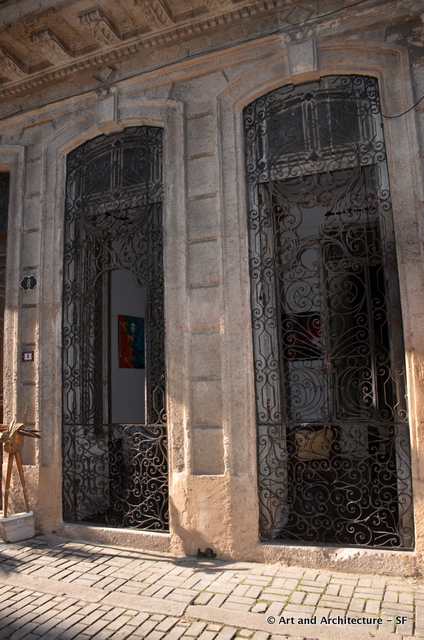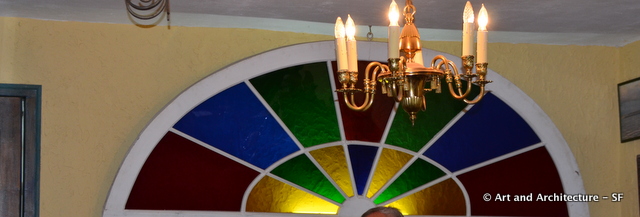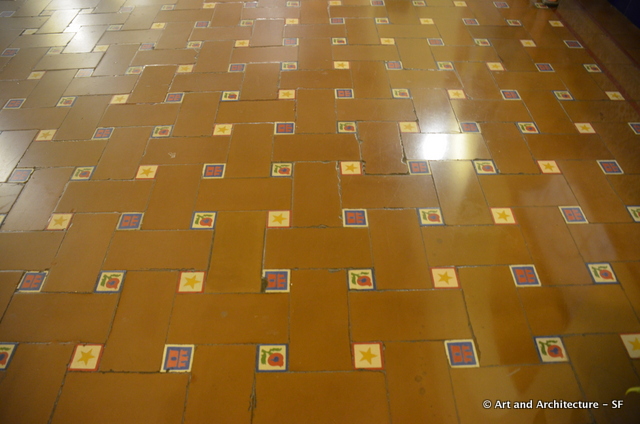It is April 2015 and I have returned to Cuba. This time I am traveling with a Cuban national, one of the approved ways of entering the country.
Santiago de Cuba, or Santiago, is the second largest and second most important city of Cuba. However, the hospitality of the “Santiagueros” is second to none!
I began my tour with a walk around town at dusk, the temperatures in April hover in the 80s fahrenheit.
This is the area around Parque Céspedes, Santiago’s most important plaza. It, like the town, was once filled with large shade trees, sadly, the 2012 hurricane, Sandy, took over 30% of those trees down.
The church is the Catedral de Nuestra Señora de las Asuncion (Cathedral of Our Lady of the Assumption). The majority of this neo-classical building dates back to 1922, although some parts are more than 400 years old, earthquakes have not been kind to this grand lady. It is said that the remains of colonial governor and Spanish painter Diego Velázquéz are interred here, but no one is positive.
On the east side of the parque is the Casa de la Cultura Miguel Matamoros. This was the former site of the San Carlos Social Club where wealthy Santiagueros enjoyed themselves. The building was the spot of the first radio transmission in Santiago.
The Hotel Casa Grande is one of Santiago’s grandest hotels. Novelist Graham Green was a periodic resident of the hotel. Opened in 1914, the hotel has an admirer with a lovely website about the architecture and history of the structure.
This white, Moorish influenced, building houses government offices and is not open to the public.
The Velázquéz home was built in the early 1500s and thought to be the oldest residence in all of Cuba. Governor/conquistador/painter, Diego Velázquéz, lived upstairs and the lower level was a gold foundry where the furnace can still be seen today. The house underwent restoration work in 1965 and now houses the Museo de Ambiente Historic Cuban, with a collection of furniture, porcelain, glass and other household items.
The home incorporates some of the traditional building techniques used in Santiago de Cuba. Santiago sits in an active seismic zone. Woven sticks of different sizes are packed with hay, rocks, clay, and other materials, these are then plastered over. This creates strong walls flexible enough to give during seismic activity.
Further in our wanderings we came upon Santiago’s most famous stairway, Pico Padre. Mayor Emilio Bacardi ordered the construction of these stairs in 1899, to honor Santiago’s Catholic priest Bernardo del Pico Redin, well known for his charity work at Beléns Convent. The street has 52 steps.
*
At the top of the steps and little to the right you will find the Museo de la Lucha Clandestina (the Museum of the Clandestine Struggle). The house, which sits in the Tivoli neighborhood, focuses on the activities of the resistance movement under local martyr Frank País. The residents of Santiago, along with the peasants in the Sierra Maestra, were instrumental in supporting the Revolution.
As the sun started to set we wandered homeward, here are some glimpses into that walk.
*
*
*
